The Ehretia ball plant, often referring to Ehretia microphylla (also known as the Fukien tea tree), is a beautiful evergreen shrub or small tree that thrives outdoors in warm climates. Here’s what makes it a great addition to any garden:
Outdoor Beauty & Features
Compact, Rounded Form: The plant naturally grows into a dense, rounded shape, making it visually appealing for landscapes, hedges, and topiary designs.
Glossy Green Leaves: Small, shiny, dark green leaves provide a lush, vibrant look throughout the year.
Delicate White Flowers: Blooms with small, fragrant white flowers that attract pollinators like butterflies and bees..
Versatile Growth: Works well in garden beds, as a bonsai specimen, or as a decorative potted plant on patios and balconies.
Ideal Outdoor Conditions
Sunlight☀️:Prefers full sun to partial shade for the best growth and flowering.
Soil: Well-draining, fertile soil with good moisture retention.
Watering💦:Requires moderate watering; avoid overwatering to prevent root rot.
Pruning: Can be shaped easily, making it a favorite for bonsai enthusiasts and formal hedges.
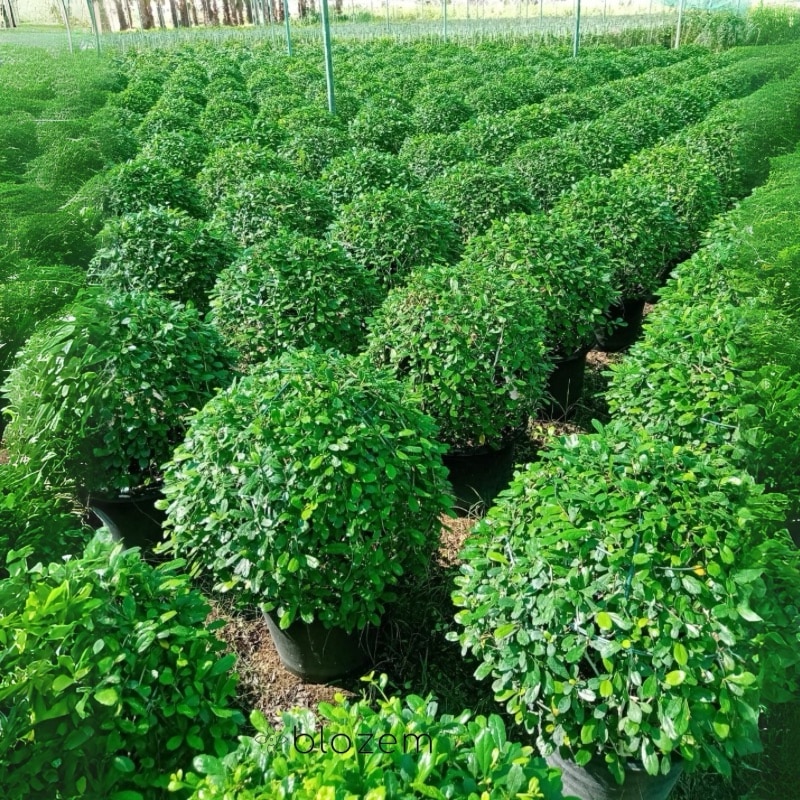
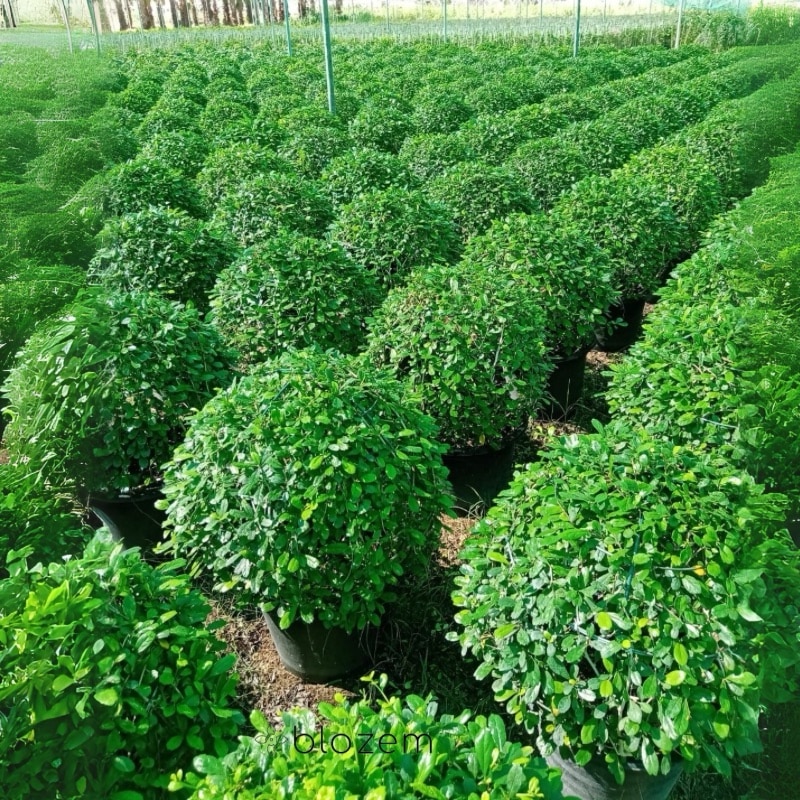

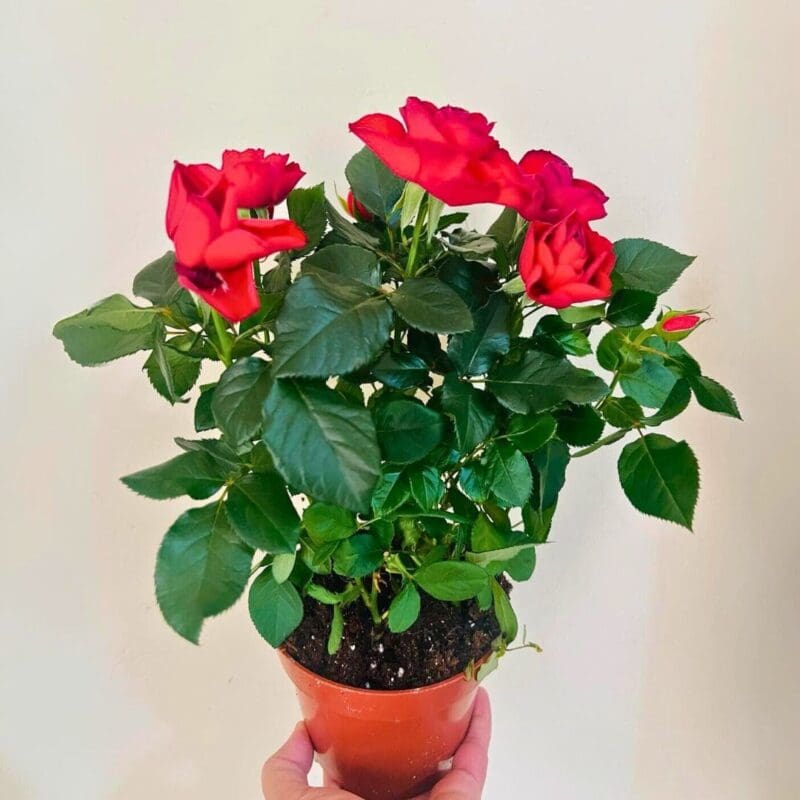

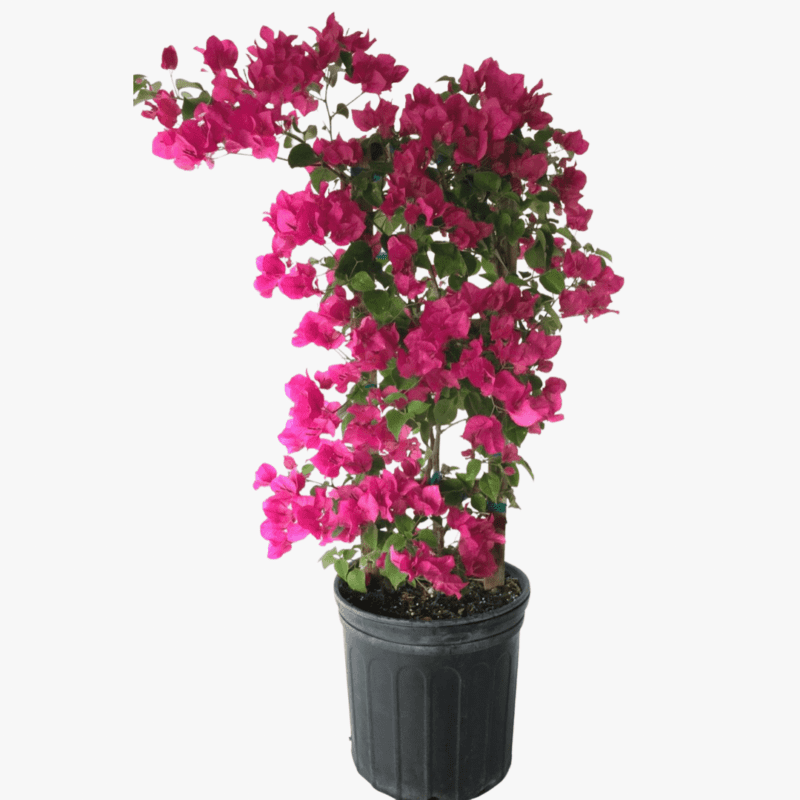

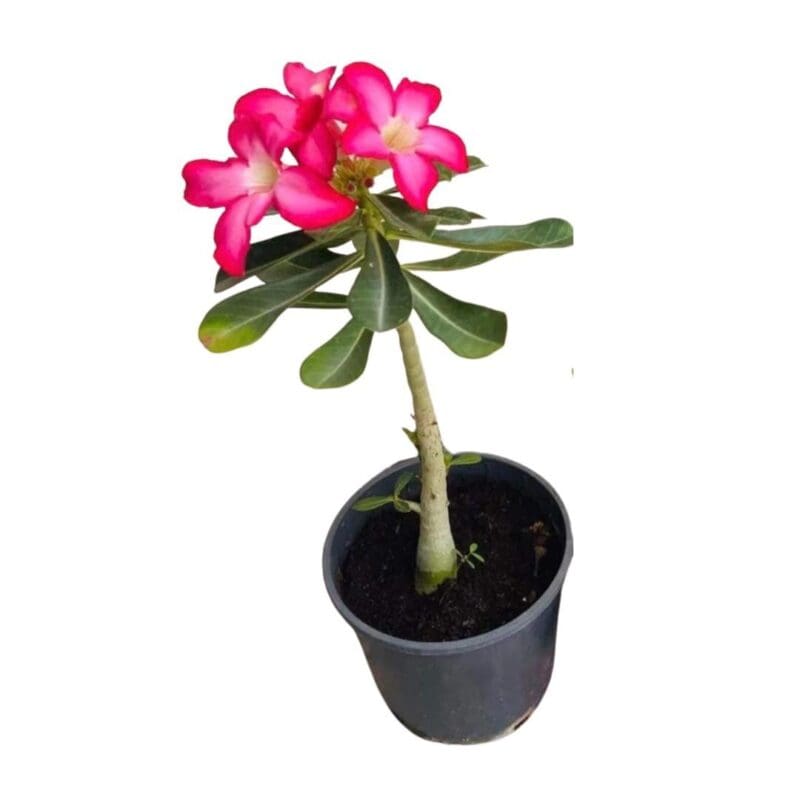
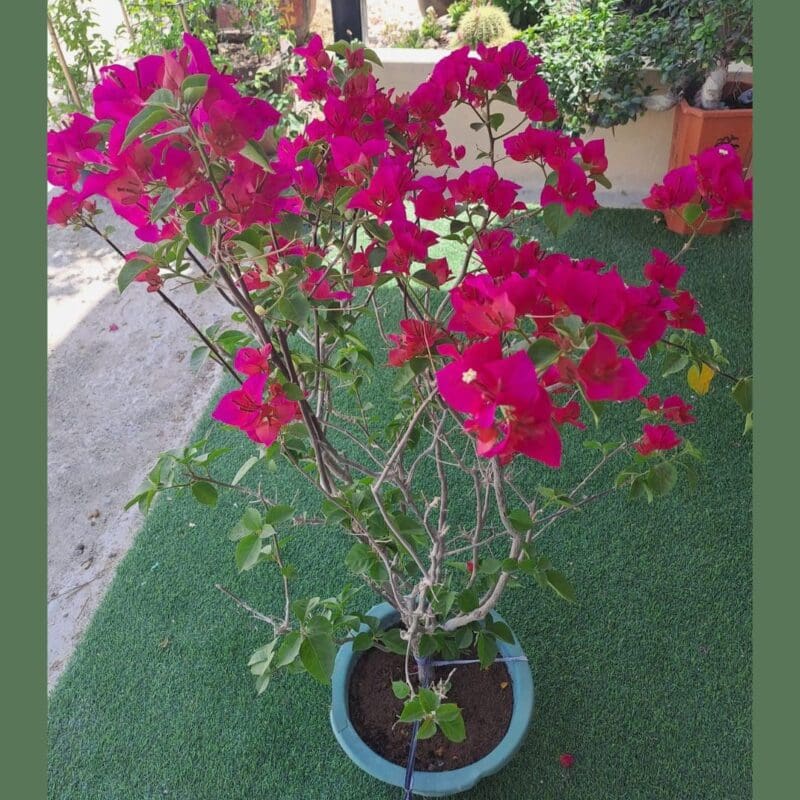

Fathima Alkuwari –
Outstanding experience all around. Plant was exactly as expected and the delivery was pure perfection. Love my plant
ماالات ال ماجد –
إنه نبات ذو جودة أرز جيدة جدًا. هذا هو الطلب الثالث ماشاء الله. عائلتي قامت بالحجز أيضاً لذلك يجب عليك تقديم هدية مميزة لطلبك القادم 🤗
asad586299 (verified owner) –
Plant arrived healthy and beautiful.can not wait to get some more from you guys. :